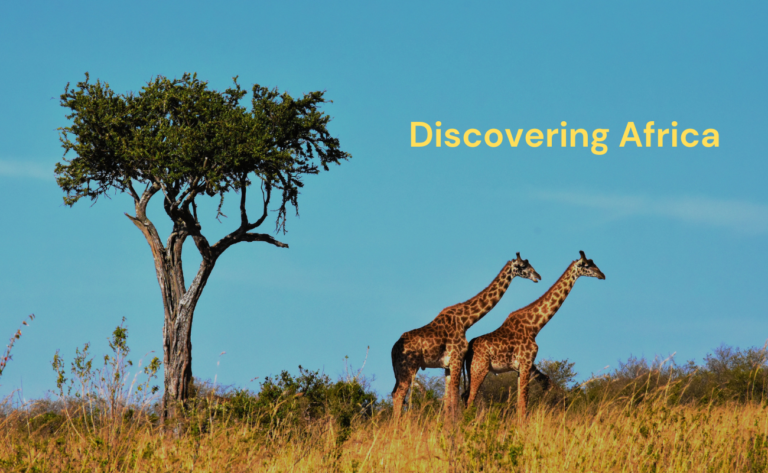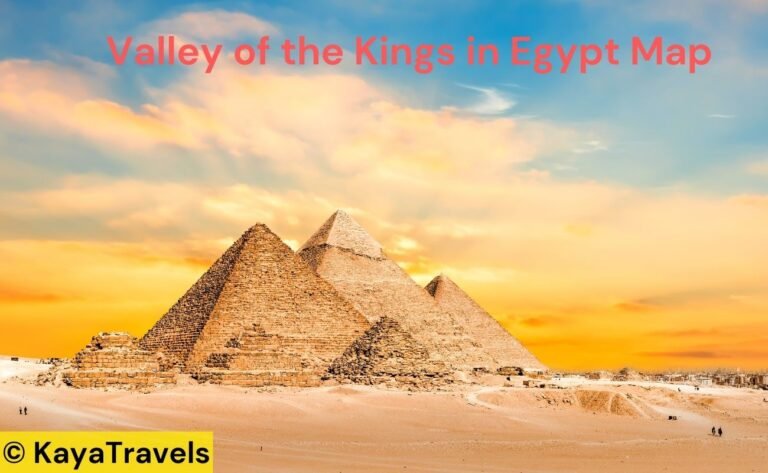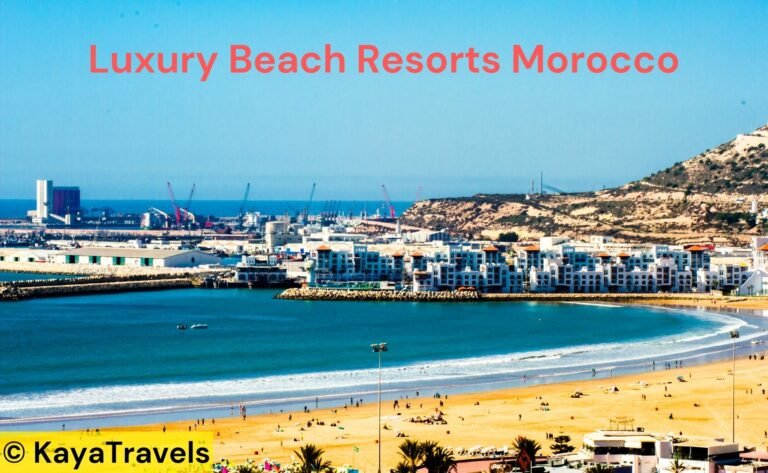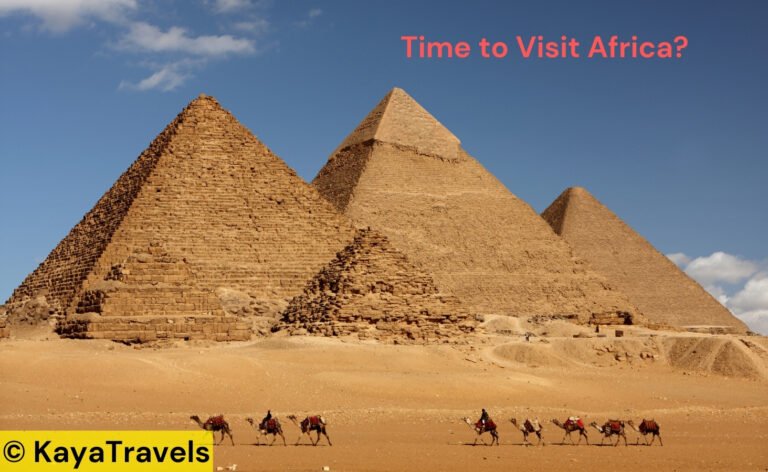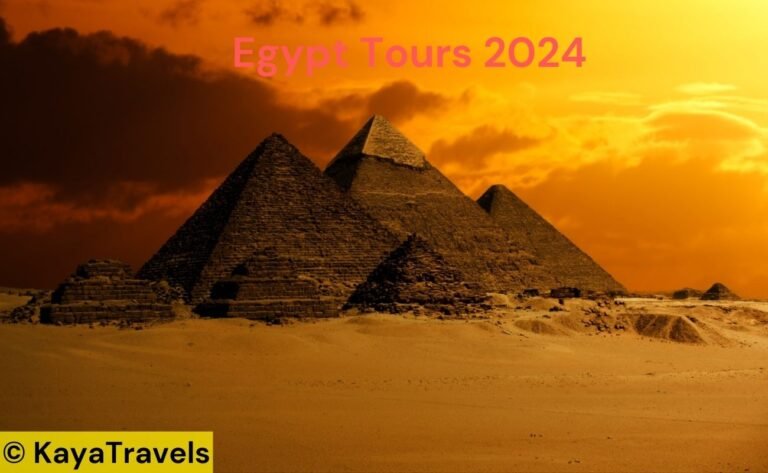If you trek across Africa precisely along the equator, you’ll traverse diverse countries that straddle this invisible line circling the Earth.
Starting on the eastern coast, your journey at the equator would begin in Somalia before moving through Kenya and Uganda.
Continuing west, you’d cross the Democratic Republic of the Congo, and finally, you’d reach the western coastline through the Republic of the Congo and Gabon.
You’ll witness many landscapes – from the coastal plains on Africa’s eastern shore to lush rainforests and large rivers towards the continent’s center. Each country on the equator offers its unique slice of culture and geography.
You’ll notice that your days and nights are of roughly equal length throughout the year, thanks to being on the equator – a constant, regardless of which of these equatorial African countries you find yourself in.
Geography of the Equator
Crossing the equator, you journey along an invisible line with a latitude of 0 degrees that neatly cuts the Earth into Northern and Southern Hemispheres.
Significance of the Equator
The equator is not just an imaginary line; it’s a belt of consistency where day and night are nearly the same length year-round. The sun’s rays hit the equator directly, making the region one of the warmest on Earth.
Equatorial Countries in Africa
As you travel from east to west along the equator in Africa, you will pass through the following countries:
- Gabon
- Republic of Congo
- Democratic Republic of the Congo
- Uganda
- Kenya
- Somalia (note that Somalia’s section of the equator is largely water with no significant landmass crossing the line)
- São Tomé and Príncipe (the equator crosses through the southern part of São Tomé island)
Topography and Landmarks
Throughout this equatorial journey, the land alters dramatically:
- In Gabon, the equator crosses the lush, dense rainforests near the coast.
- Moving into both Congos, you’ll encounter the Congo Rainforest, second only to the Amazon in size and biodiversity.
- Your equatorial trek continues into Uganda, where the terrain mixes forest and savanna dotted with lakes.
- Finally, in Kenya, you encounter altitudes ranging from sea level to mountains, including the significant landmark of Mount Kenya just north of the equator.
Climatic Conditions
Traveling across Africa from east to west along the equator, you’ll encounter various climatic conditions. Temperatures tend to be consistently high, and the region experiences both wet and dry seasons.
Temperature and Weather Patterns
As you traverse the equator across Africa, expect generally high temperatures year-round, with slight variation. The equatorial climate means it’s hot everywhere along the equator, with temperatures often above 30°C (86°F).
- Humidity levels are also high, especially in rainforest regions.
- Expect cooler climates in highland areas, which can offer a respite from the heat.
Rainfall and Seasons
The rainfall pattern as you cross the equator in Africa can be described in terms of two major seasons:
- The wet season typically brings daily downpours. It replenishes the vast, dense rainforests and is crucial for the region’s biodiversity.
- The dry season offers a break from the rain, but it’s essential to know that even during this time, occasional showers can occur.
Though these are the typical patterns, local variations can significantly affect rainfall and seasonality.
Biodiversity and Ecosystems
Traveling across Africa from east to west along the equator, you’ll witness a tapestry of biodiversity and ecosystems ranging from vibrant rainforests to the habitats of majestic mountain gorillas.
Flora and Fauna
Eastern Africa, particularly along the equator, is home to some of the most varied plant and animal species on the planet. The renowned Congo Rainforest, second only to the Amazon, supports a vast array of life. Here’s what you’ll find:
- Dense and Lush Vegetation: With over 5,000 plant species, the ecosystem is bursting with life.
- Wildlife: This region boasts 345 mammals, 1,015 birds, 165 reptiles, and 43 amphibians.
- Species Highlights: Look out for mountain gorillas, a highlight of the region’s fauna.
Conservation and National Parks
Conservation efforts are critical in protecting the equatorial biodiversity. Here are some notable parks:
- National Parks: Key areas include protected rainforests and habitats for endangered species like mountain gorillas.
- Conservation Actions: Efforts focus on preventing biodiversity loss and include transboundary conservation projects for species whose habitat extends across national borders.
Each of these countries offers national parks and reserves that serve as sanctuaries for countless species, enabling you to observe firsthand the wonders of wildlife and ecological variety.
Cultural and Economic Aspects
Crossing Africa from east to west along the equator is a journey rich with diverse cultures and economic activities. You’ll explore a tapestry of languages and witness landmarks that attract millions of tourists every year.
Population and Languages
As you traverse the equator through Africa, you’ll discover that each country has a unique set of languages. In Kenya, for instance, the capital, Nairobi, is a linguistic melting pot with many speaking English and Swahili, reflecting the nation’s colonial history and cultural heritage.
Uganda, thrumming with life in its capital, Kampala, presents a wealth of local dialects alongside English, which is often used in business and tourism.
- Kenya: English, Swahili, and numerous indigenous languages
- Uganda: English, Swahili, Luganda, and other local languages
Tourism and Landmarks
On the equatorial journey, tourism plays a vital role in the economies of the countries you visit. In Kenya, wildlife reserves such as the Maasai Mara are iconic, drawing adventurers eager to witness the great migration.
Uganda boasts natural wonders like the Rwenzori Mountains and the enigmatic Lake Victoria, inviting those who seek beauty and relaxation.
- Kenya: Nairobi National Park, Maasai Mara
- Uganda: Rwenzori Mountains National Park, Bwindi Impenetrable National Park
Navigational and Global Impact
When you cross Africa from east to west along the equator, understanding the implications on navigation and the broader picture of global exploration is crucial.
Latitude and Longitude
Imagine a big invisible grid wrapped around the Earth. This grid is made up of lines that help people find exact places anywhere in the world.
The lines that go around the Earth like belts are called latitude lines. The most famous latitude line is the equator, which cuts the Earth into the northern and southern hemispheres.
If you’re right on the equator, your latitude number is 0°! Now, some lines run from the North Pole to the South Pole, called longitude lines. Together, latitude and longitude lines create a map that can help you navigate anywhere.
Equatorial Influence on Navigation
Navigating along the equator, you see some cool stuff. For one, because you’re traveling in a straight line from east to west, you don’t have to worry about the Earth’s circumference changing like it does when you go north or south.
This makes planning your trip easier. Sailors and pilots also think about winds and ocean currents, which can be different near the equator.
Oh, and there’s even an excellent spot on the equator with a monument called the Equator Monument, where you can stand right on the line that splits the Earth’s top and bottom halves!

